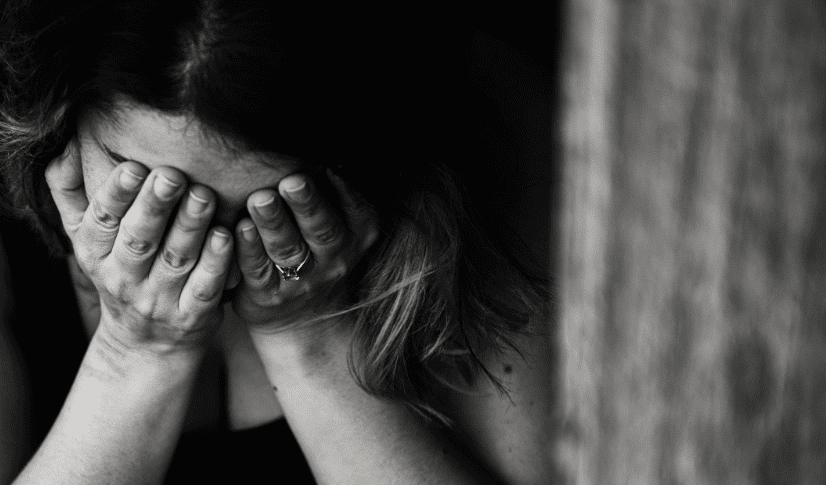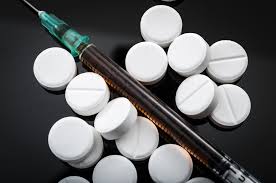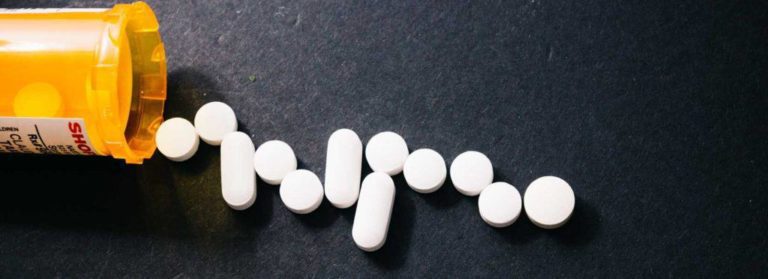How Long Does It Take To Get Addicted To Crack?
Crack—or crack cocaine—is a stimulant derived from powdered cocaine. Crack is created when cocaine is mixed with water and ammonia or baking soda, then boiled until the mixture solidifies. The substance is usually distributed in the form of a rock, which is a broken-off chunk of the solidified substance. Most often, crack cocaine is smoked, though it can also be injected. Any amount of crack cocaine use is considered abuse because it is an illicit substance. Crack is a highly addictive substance, but how long does it take to get addicted to crack? Keep reading for more information, along with the side effects and warning signs of crack addiction.
Side Effects Of Crack
When high on crack, users will experience sensations such as an intense rush of euphoria, increased alertness, excitedness, increased heart rate, and decreased appetite. Compared to cocaine, crack cocaine delivers faster, more intense effects. Crack is typically smoked, as compared to cocaine which is typically snorted, and the smoking of the drug allows it to be more rapidly absorbed into the body.
The fleeting high can also be accompanied by a slew of negative feelings and side effects. These side effects may include:
- Anxiety
- Irritability
- Aggression
- Paranoia
- Depression
- Headache
- Convulsions, seizures, or sudden death from overdose
How Long Does It Take To Get Addicted To Crack?
How quickly a person becomes addicted to crack will depend on a variety of factors, including the amount of crack they use, the frequency, and their physical and psychological make-up. However, whether or not a person is technically addicted to crack on their first use, many people say after their first time using crack, they were “hooked”—meaning they sought out more as soon as possible. The repeated use of a highly addictive drug will inevitably lead to addiction, often very quickly.
Compared to cocaine, the high, though more intense, is also shorter-lived. This fleeting high, in combination with the drug’s drastic comedown, quickly produces a desire to use more and more of the substance. This creates not just a high potential for addiction, but also a high potential for overdose.
Crack cocaine has a number of harmful side effects, both short-term and long-term. In addition to typical detrimental effects of cocaine, such as increased body temperature, constricted blood vessels, increased heart rate and blood pressure, and risk of cardiac arrest and seizure, crack cocaine users may also experience acute respiratory issues, such as coughing, shortness of breath, and trauma to the lungs.
Warning Signs Of Crack Addiction
If you or a loved one may be addicted to crack, there are some common behavioral indicators of addiction. Consider the following warning signs of crack addiction:
- Frequently craving crack
- Involuntary jittery movements
- Unsuccessful attempts to moderate, control, or stop using crack
- Self-isolation
- Using crack in secrecy
- Attempting to hide crack use
- Neglecting responsibilities
- Financial, relational, and/or legal consequences in relation to using crack
Need Help? We Are Here For You
Addiction can affect anyone. If you or a loved one are currently living with addiction or alcoholism, help is available! We encourage you to reach out to the professionals at Oasis Recovery to learn more about our personalized treatment programs and mental health services. Oasis Recovery was founded from firsthand experience of addiction and recovery, with a mission of providing a space where people can heal from addiction in a compassionate, creative, open-minded, and heart-centered environment. We believe recovery is always possible. Our experts work with you to design a treatment plan that fits your needs. Common treatment programs include:
- Intensive Outpatient Programs (IOP)
- Full-time Addiction Treatment on campus
- Aftercare Services
Contact us today for more information about how our programs and services can help you get your life back on track.











